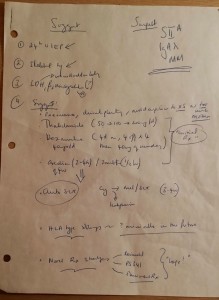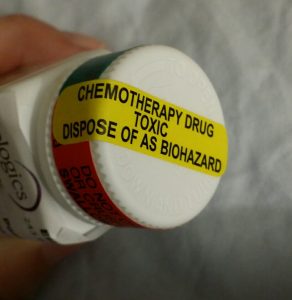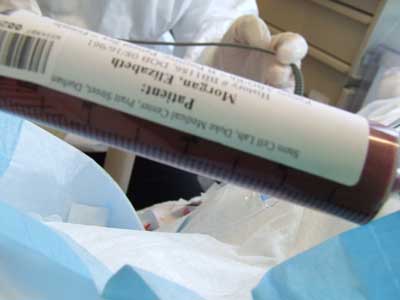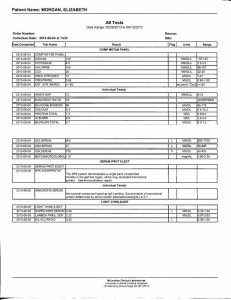I was going through papers a few nights ago, when I discovered the handwritten notes that Dr. Richardson (Dana-Farber) had written while I sat in an exam room, there in Boston, in March of 2003. That was 11 years ago. I remember him telling me, “We hope to get you to your 50th birthday — and beyond.” At the time, I was 41 years old. 9 years seemed like a long time. Well, that 9 years has come and gone. I’ve known about my myeloma for more than 11 years now, and have been treatment free since 2007. With the exception of quarterly Zometa.
 What have I learned in the last 11 years? Lots of things. Most important among them is that no two people will have identical experiences with their myeloma disease process or treatment in the aggregate.
What have I learned in the last 11 years? Lots of things. Most important among them is that no two people will have identical experiences with their myeloma disease process or treatment in the aggregate.
If someone asks me what a stem cell transplant is like, I can only tell them about MY experience. Even if you have IgA lambda MM, and start off with the same lab values I had, and then use the exact same treatments I did, I doubt that you’d have the same experiences or outcomes. We’re just all different. When people ask me what I did to last so long, all I can say is, “I have no idea.” Is it because I waited, and had the SCT later? I don’t know!
The second most important thing I’ve learned is that no other patient or caregiver is the expert, where I’m concerned. Nobody can tell me anything I already don’t know about how to live with my myeloma. At first, I was scared of treatment side effects and procedures. I wanted to know what other people thought and did. I frequently asked, over and over again, things such as, “What do you do for your peripheral neuropathy?” And, “Do you have a sedative before your bone marrow biopsies?” The answers to these questions did help me at first. I had to find my own way, though. I’ve been lucky enough to live long enough to keep trying different things.
At this point, I’m annoyed by people who push their opinions about the “best way” to do this or that. It’s good to know about all of your options. Just remember that no other person has your best interest in mind the way you do, or the way your loved ones would. And, sometimes, you’re going to disagree with even them. Heck, yeah!
I guess I’m just trying to say that there’s no easy answer to the questions you have about what to do when you find out you have myeloma.
Here’s a short list of some things that I’ve found helpful over the years.
- When you’re on chemo, take the anti-emetics your doctor prescribes. If they’re not working for you, ask for something different. Don’t stop bugging your treatment team until you get something that helps.
- Likewise, if you have pain, keep agitating for relief.
- For covering a Hickman or Neostar central venous catheter for showering, Glad Press-n-Seal is the best!
- Get plenty of rest and drink plenty of fluids. Make sure your doctor recommends proper fluid intake for you, especially if you have impaired kidney function.
- Have fun as much as is possible for you. Just don’t hurt yourself.
- Try to laugh.
Hang in there, everyone.



